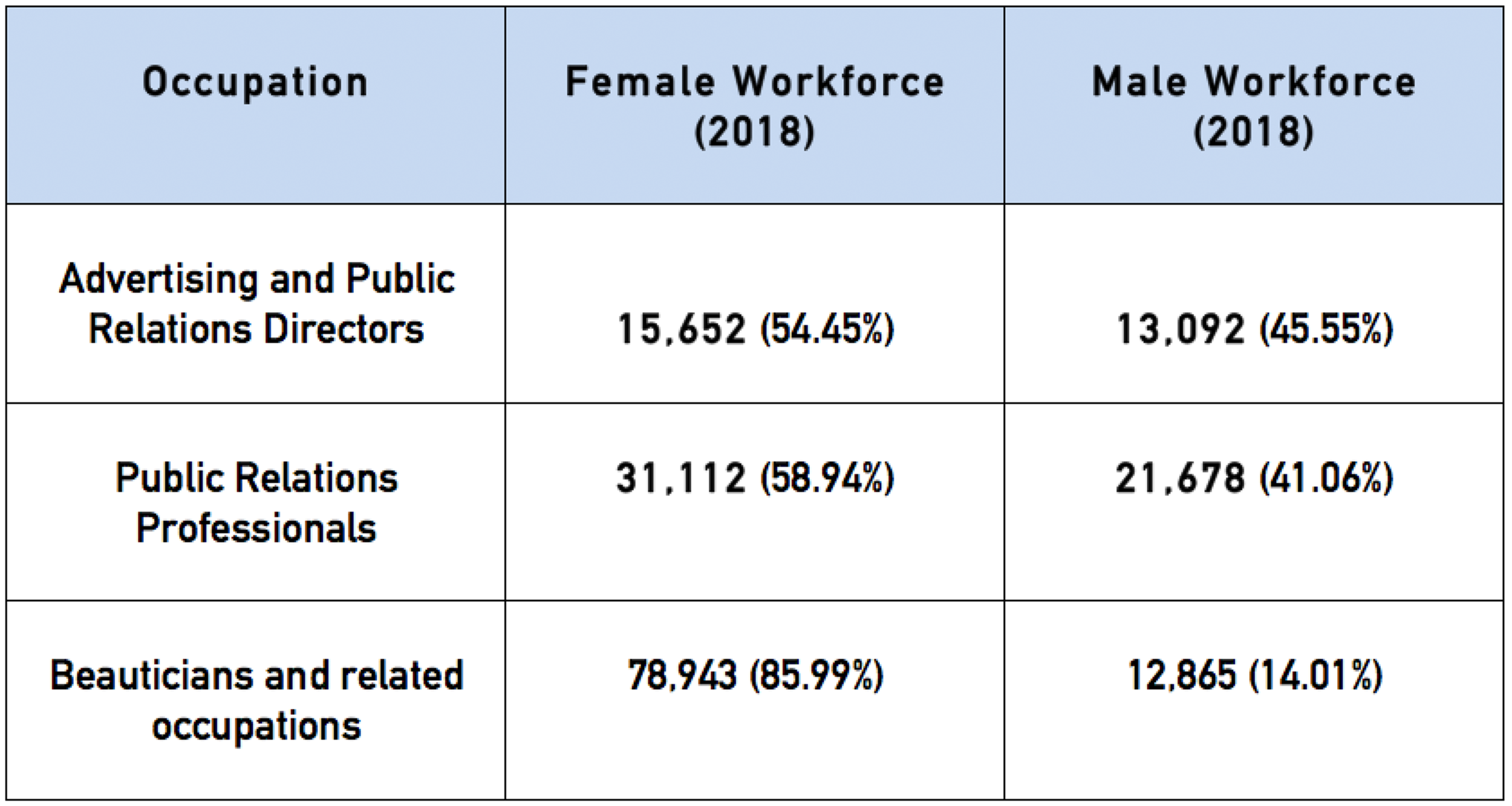What is rebranding and should you consider it for your company?
Image: Pexels
Rebranding is a word that gets thrown around in every sector, especially in fast-paced industries such as Beauty and Cosmetics. However, most of us don’t fully understand what a rebrand actually is, why they happen, and if they are beneficial. In recent weeks, the Beauty magnate Kim Kardashian has decided to rebrand her Cosmetics empire KKW Beauty, and this news alone has vastly boosted visibility for her brand. With almost every lifestyle publication in the world having an opinion on what to expect, is a rebrand always a great idea to boost brand awareness? Or would it be a waste of time for your brand?
So what is ‘rebranding’?
Image: Pexels
Rebranding is, in short, the process of changing the corporate image of an organisation. The idea behind rebranding is to elevate an existing brand's status by creating a new identity, which can be a tricky process; think of it as a balancing act of maintaining your company values, while updating parts of your business that are either outdated, untrustworthy, visually unappealing or ineffective.
Rebranding is not just a visual change, it also draws focus towards reputation and public image. A new symbol or name may show the world that you are ready for a new chapter, but if your reputation is not maintained, it may all be for nothing.
When and why should you rebrand?
Image: Pexels
Rebranding often occurs for one of two reasons: when a brand sees an opportunity to grow (proactive rebranding) or when a company can no longer operate and must be changed (reactive rebranding). If you are reading this article, then you are most likely thinking about proactively rebranding. Assuming you want to proactively rebrand, let's talk plainly and simply about when a proactive rebrand is suitable:
If your brand is outdated - Sometimes what worked for a brand 20 years ago is not enough to keep it relevant in a modern day market. For example, hanging packaging to be more sustainable or creating a new sleeker and modern logo can make all the difference in sales and engagement.
To meet the wants and demands of a new, or larger, customer group - Brands grow, and sometimes the image doesn’t suit it's new demographic any longer. This is normally the reason for a rebrand, as your audience will tell you if something doesn’t work (this is one of many reasons why brand owners should keep conversation flowing with customers).
If you want to focus on another element of your business - Your brand may offer three different services, and you want to introduce a new service that you are more passionate about. In this case a rebrand that shifts the focus is needed to help grow your new service and put it at the forefront of your business.
You, as the owner or CEO, feel unhappy with the brand - Often business owners become unhappy or find that their brand growth has ground to a halt. A rebrand is the perfect way to inject a new lease of life into your company, or change elements that you have grown tired/bored of. But be careful, don’t just rebrand because you ‘feel bored’, leave this for when you feel growth is slowing down and you need to breathe new life into your brand.
So, is a KKW Beauty-style relaunch and rebrand right for you? Well, think about the key fundamentals before making any rash decisions that could have long-lasting effects on the integrity and reputation of your business. Our advice: get the timing right and implement a solid plan. Remember that a rebrand is just as much about reputation as it is a visual change, and this is where a PR firm makes a huge difference! Where possible, enjoy every moment of your rebrand, and get direct feedback from your customer base - as we are sure it's not something you will want to do often!
For more advice on rebranding and PR together, please contact hello@thebrandwhisperer.co.uk
Written by The Brand Whisperer’s Account Executive: Natasha Cassidy 🎉










